BIOPLASTIC LIBRARY
A materials collection created from waste and organic ingredients
2019


What: Experimenting with bioplastic recipes to create a compostable materials collection that uses local waste and investigates material perceptions
Why: Upcycling waste, circular process, minimising fossil-fuel based plastic production
How: Practical experimentation, researching existing recipes, field work on waste sources: investigation and interviews
Where: London, UK
The aim of this project was to develop our own collection of bioplastics recipes in order to produce material samples through which to understand how different ingredients and ratios influence the properties and aesthetics of the material, and investigating how integrating waste into the recipes might be perceived. The final recipes include different kinds of organic waste, both as structural component of the bioplastics (e.g. lobster shells, egg shells, ginger peel) or just to give natural coloration (e.g. dye wastewater, fruit peel, seeds shells). An important point we set when starting the experimentation was to use ingredients found locally, which is why we tried to use the organic waste and other ingredients that we had at home or that we could find daily, like the lobster shells from restaurants in London. Another goal we had was to keep in mind the perception around traditional materials and their aesthetics as people know them, and try to imitate it while using alternative sources.








BIOCOMPOSITE COLLECTION
A biocomposite is a composite material formed by a matrix (resin) and a reinforcement of natural materials.
2019
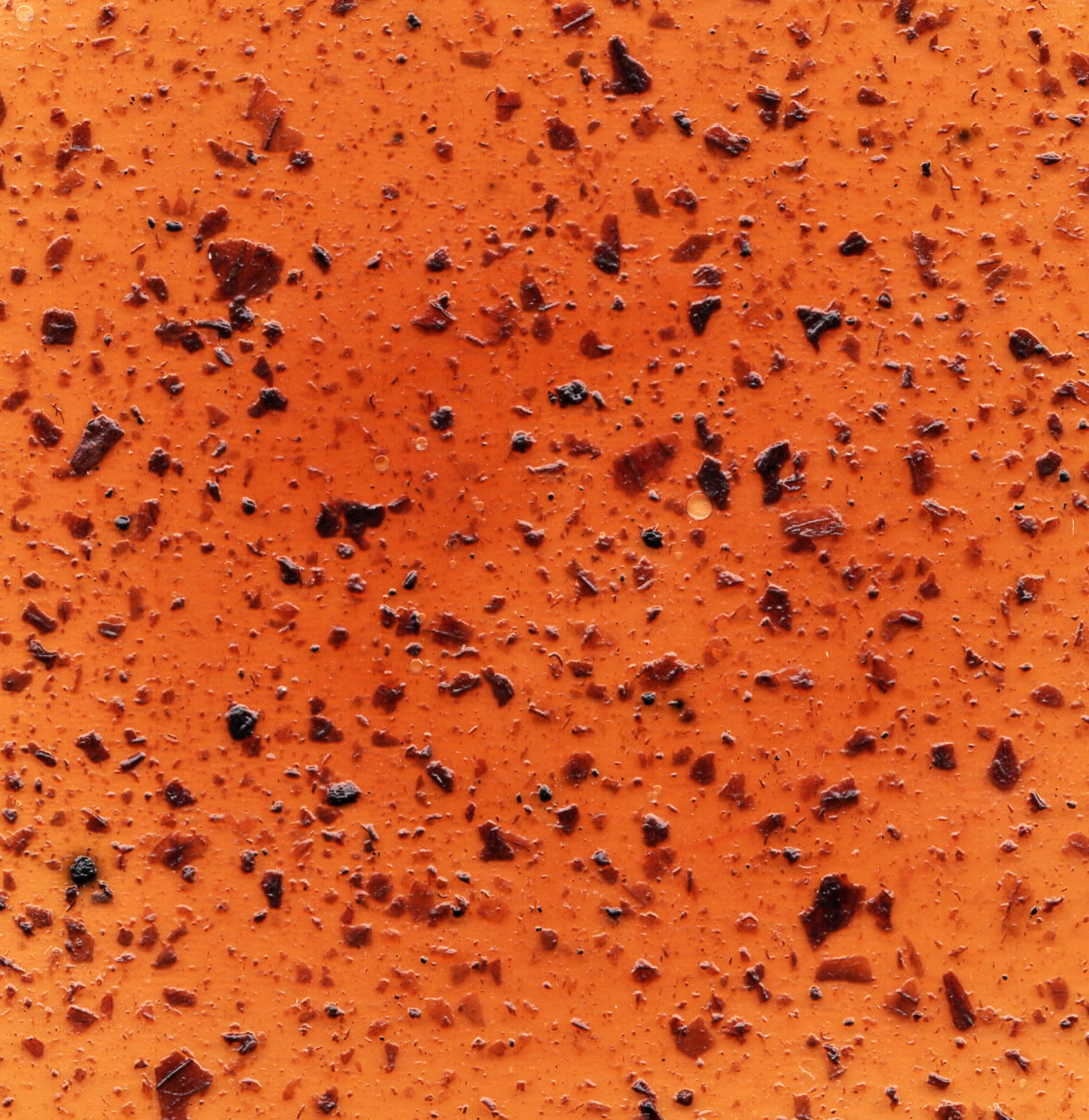
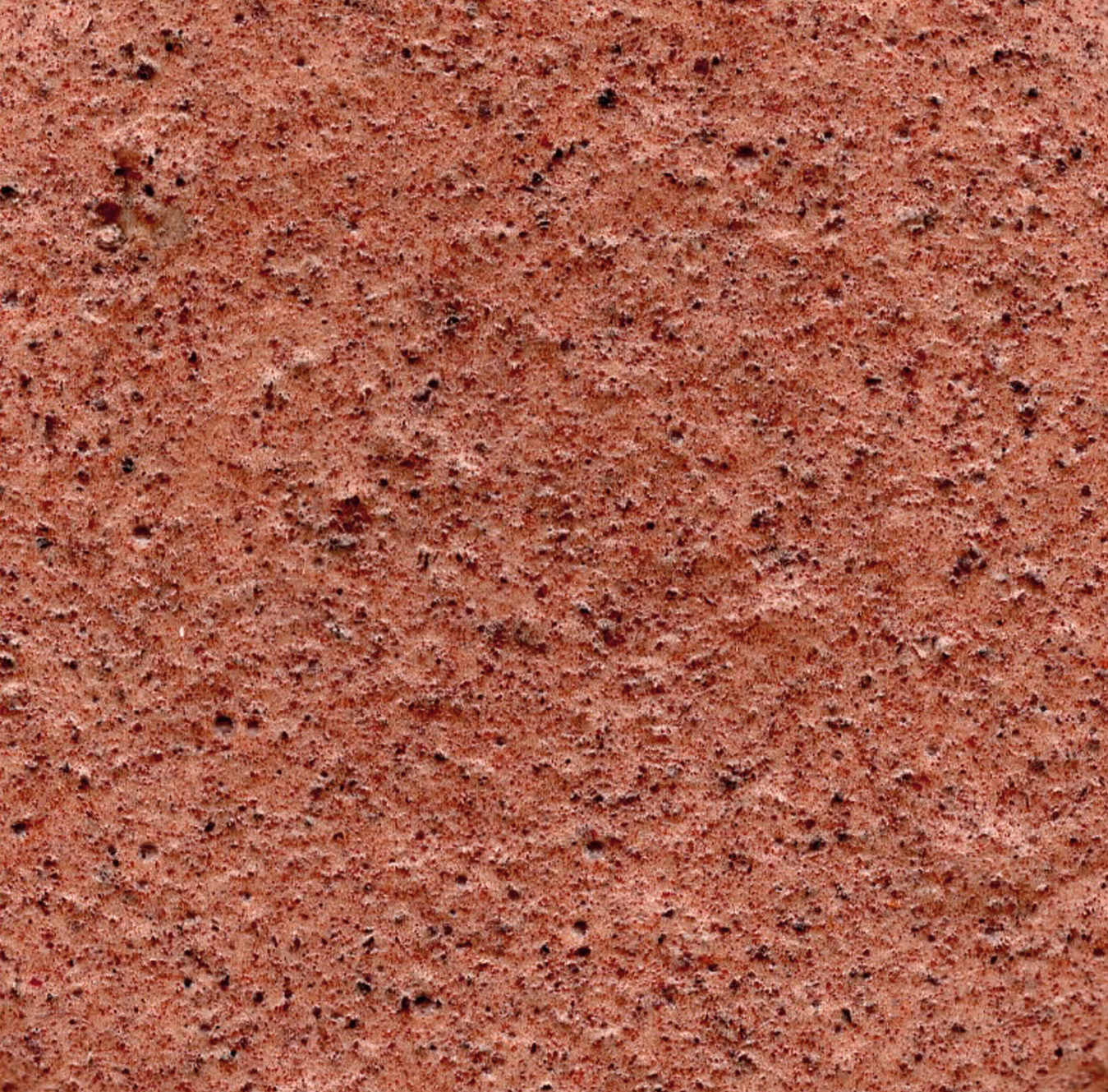
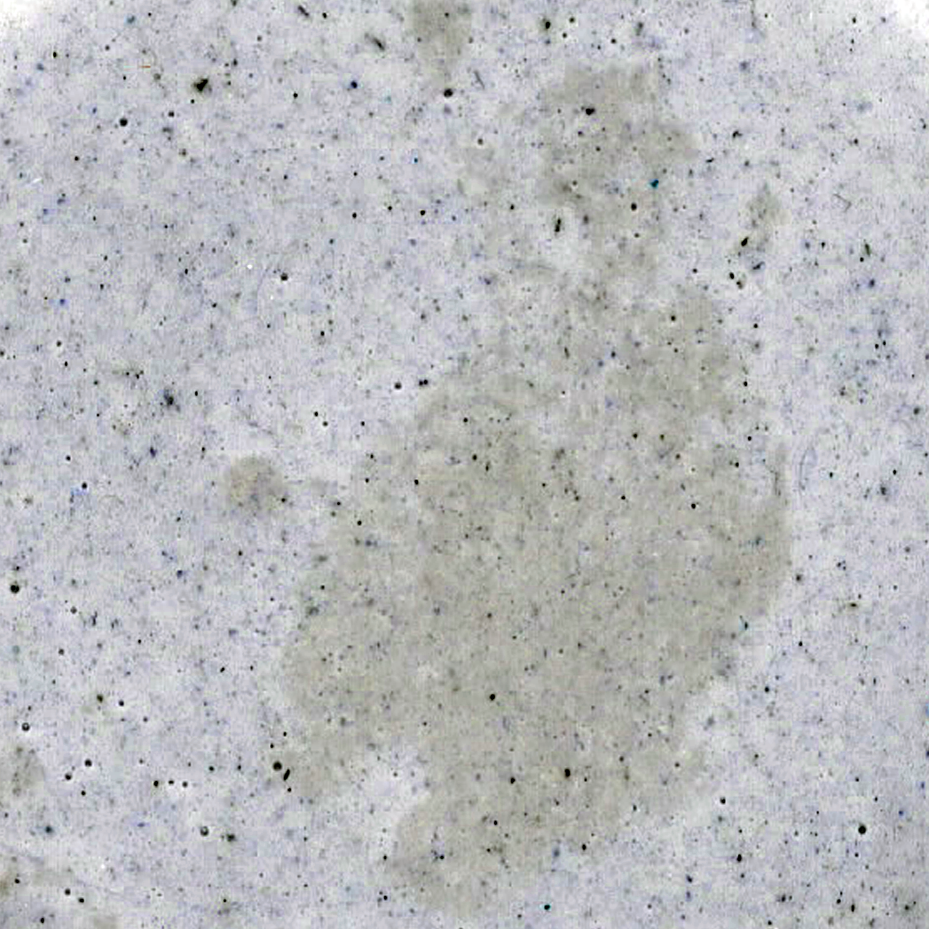
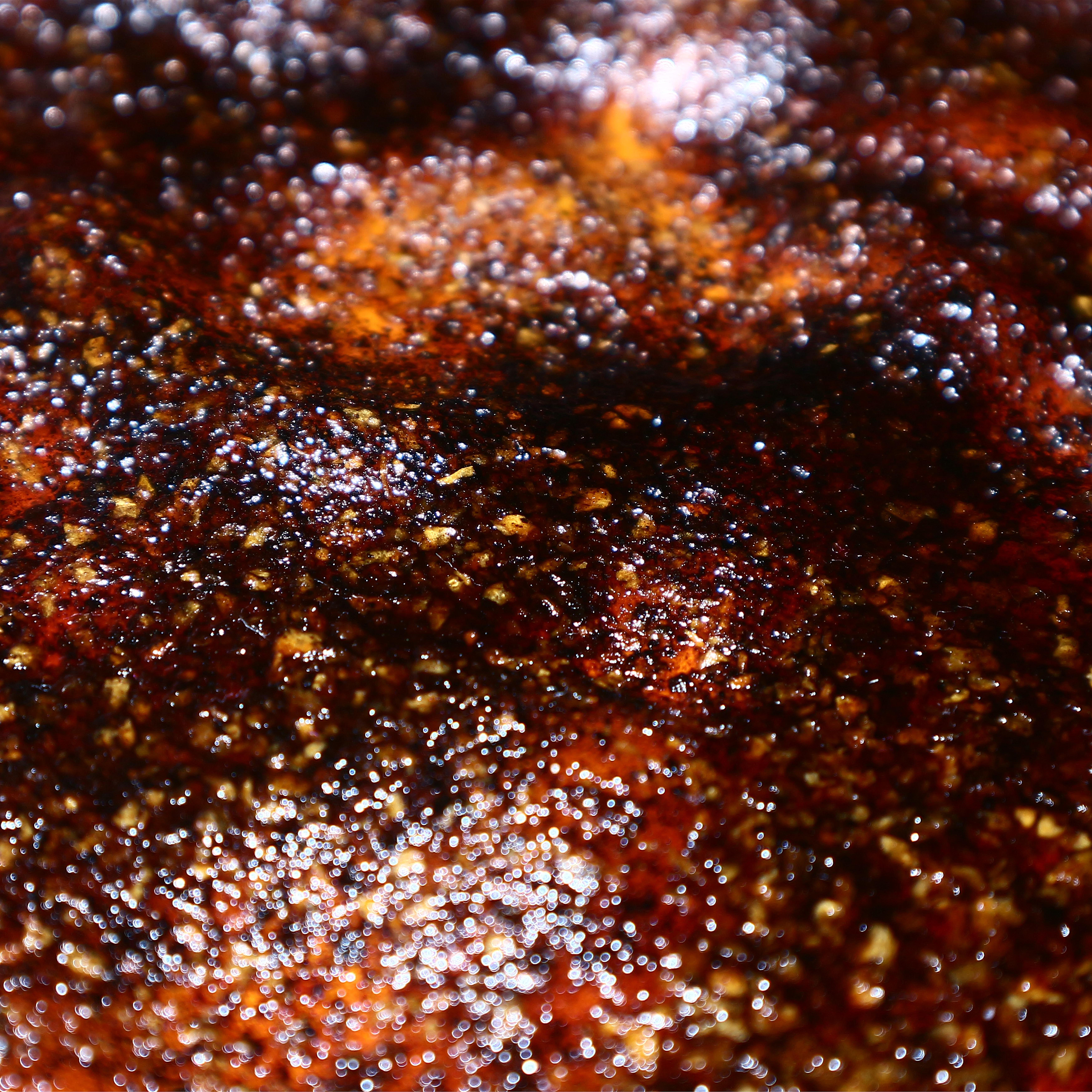
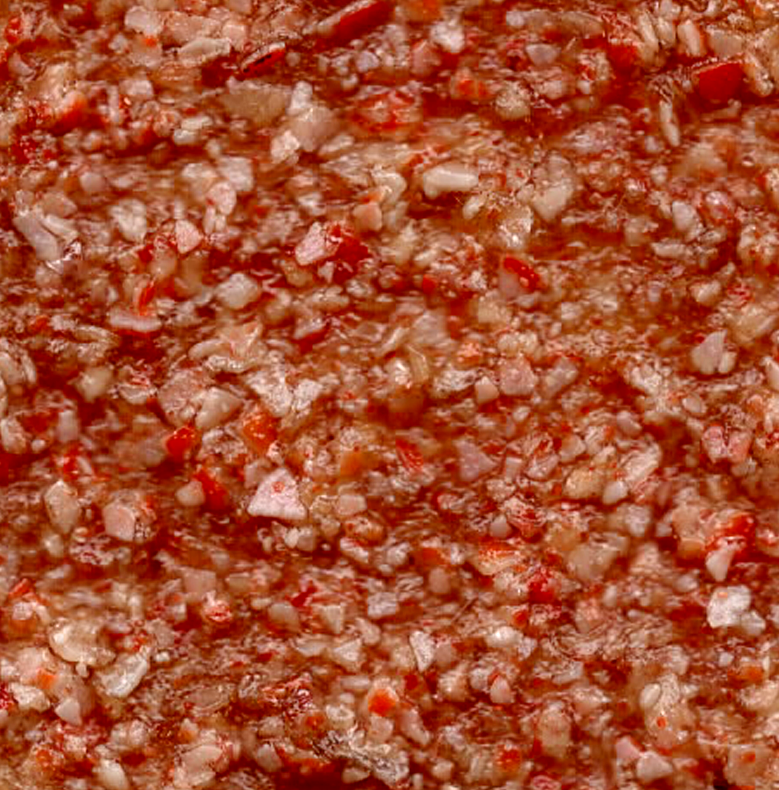
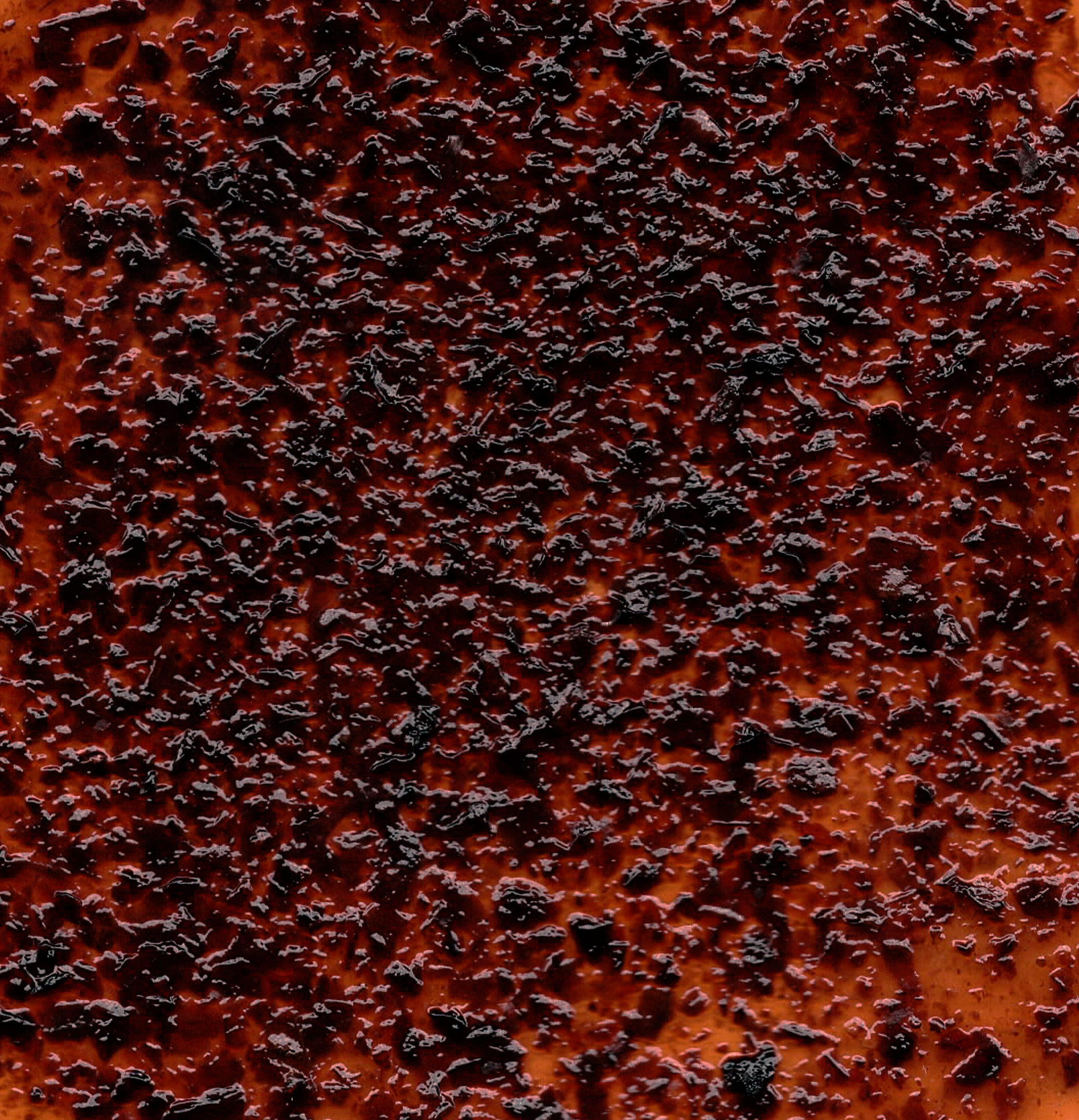


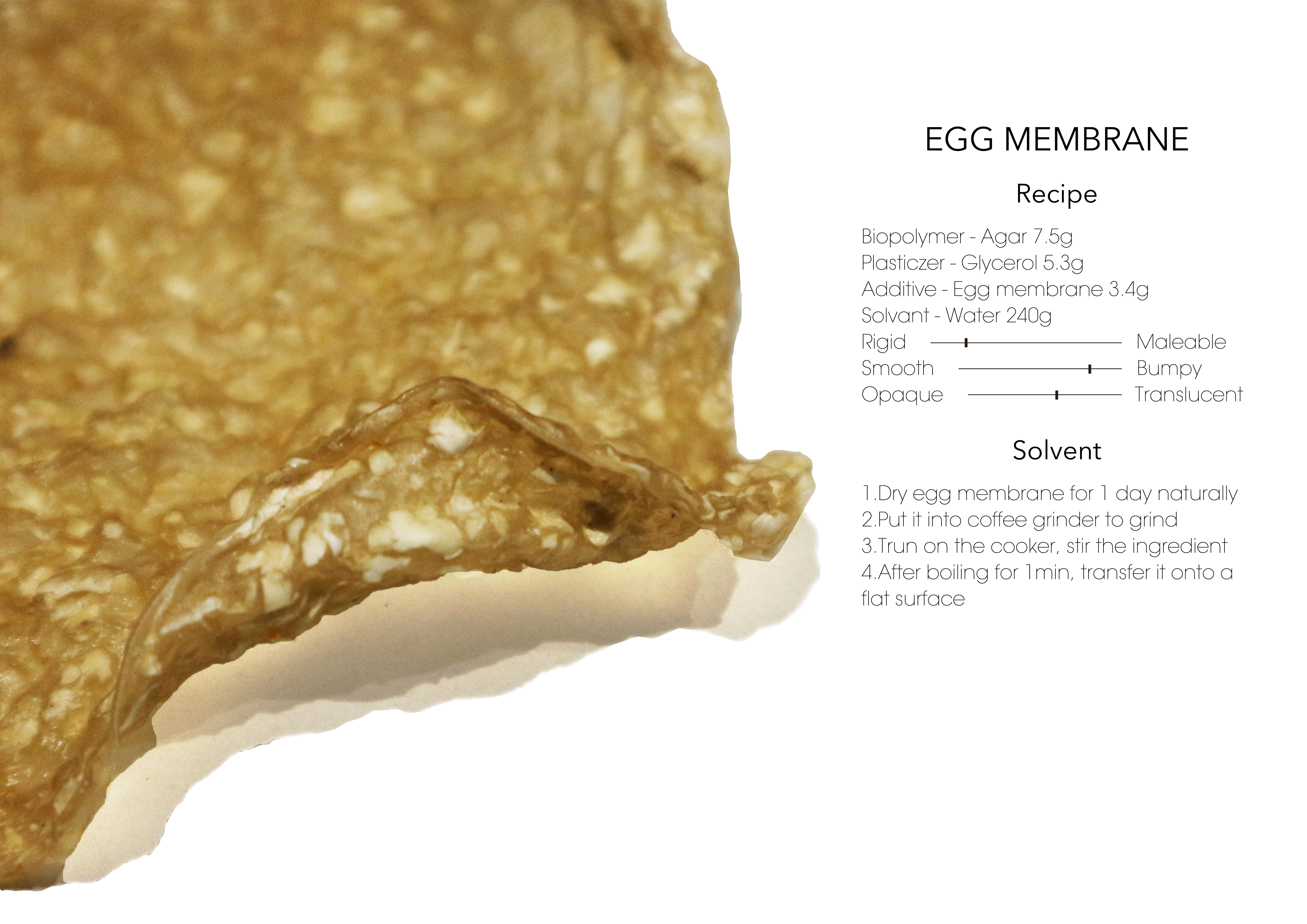
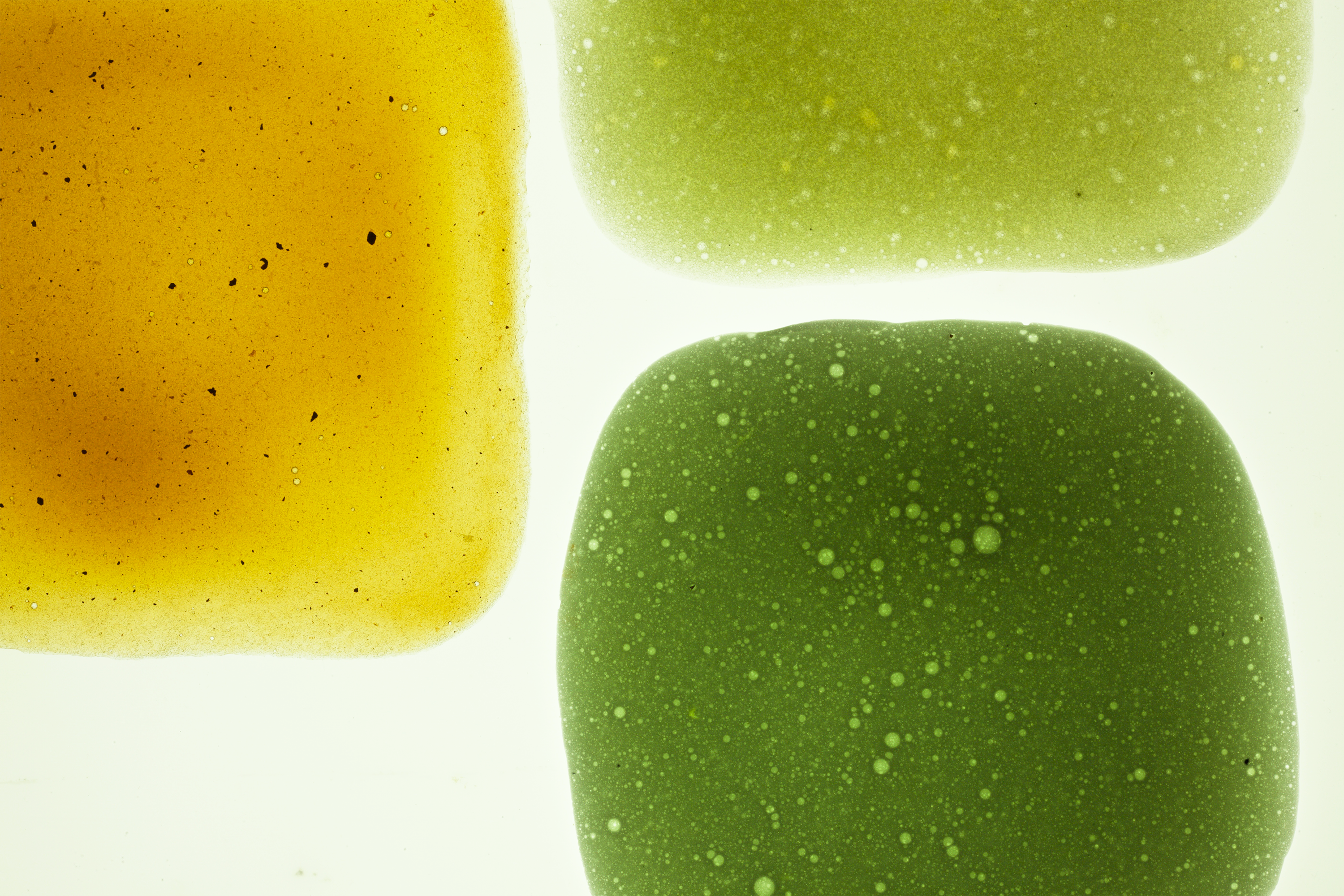
Project coordinated with Meiqi Peng, MA Biodesign, CSM. 2020
Online References:
materiom
materiability
bioplastics cookbook
